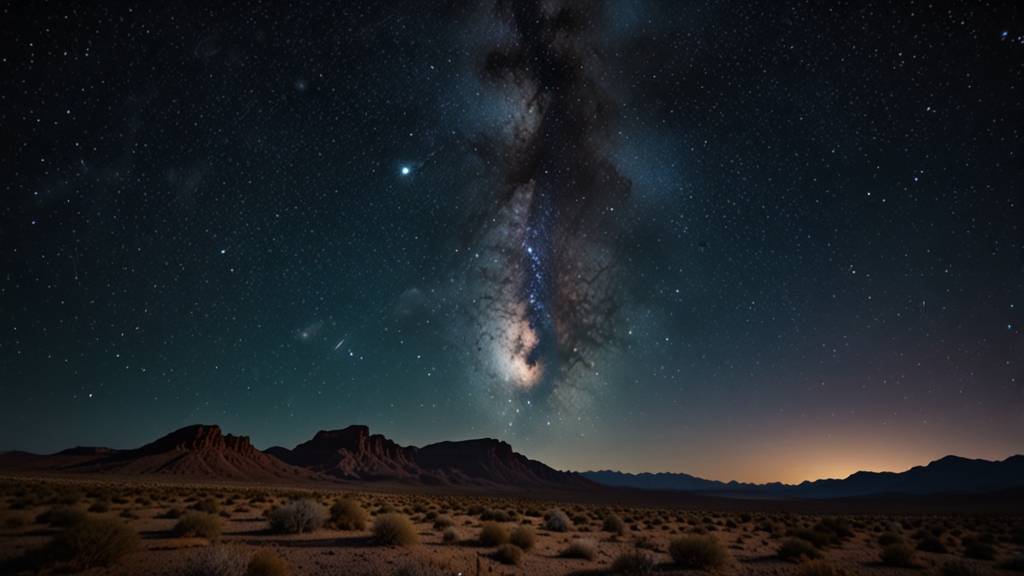The Last Stand: Can We Save Earth's Most Endangered Species?
As humanity progresses into the 21st century, we are faced with a monumental challenge: the conservation of Earth's most endangered species. The reality is stark—numerous species stand on the brink of extinction due to a combination of habitat destruction, climate change, pollution, and poaching. The question begs itself: Can we save these precious species before it's too late?
The Critical Situation
Today, around one million animal and plant species are threatened with extinction, according to the United Nations. This alarming number underscores the urgency with which we must act. From the majestic tigers in Asia to the tiny bees that pollinate our crops, the loss of biodiversity has a cascading effect on ecosystems worldwide.
"The extinction crisis is not just about the loss of exotic animals we see on TV. It's a crisis that also affects agriculture, water quality, and human health," notes Dr. Jane Goodall, a renowned primatologist and conservationist.
For many, the plight of endangered species can feel distant. However, the intricate web of life means that their survival is inextricably linked to our own. Biodiversity ensures ecosystem productivity and resilience, providing us with essential services like clean air, water, and fertile soils.
The Role of Conservation Efforts
Conservation initiatives can—and do—make a crucial difference. Organizations around the globe are working ceaselessly to protect endangered species through a multitude of methods: habitat preservation, anti-poaching patrols, captive breeding programs, and legislative advocacy.
For instance, the World Wildlife Fund (WWF) has been instrumental in the creation of protected areas and wildlife corridors that allow species to thrive without human interference. Likewise, local communities are increasingly being involved in conservation, marrying centuries-old traditions of sustainable living with modern science.
"Community-led conservation is incredibly impactful. When local people have a stake in the well-being of their environment, we see better outcomes for both biodiversity and human livelihoods," says Dr. M. Sanjayan, CEO of Conservation International.
Technological Advances
Technological innovation is also playing a pivotal role in aiding conservation efforts. Drones are being used to monitor wildlife and habitats, providing invaluable data that allows for the swift deployment of resources in areas where illegal activities are detected. Genetic science offers hopeful advancements through gene banks and the potential for de-extinction, although the ethical and ecological implications of such technologies are still subjects of fervent debate.
The Power of Global Policy
Another cornerstone of effective conservation is robust global policy. International treaties like the Convention on Biological Diversity and national legislation such as the Endangered Species Act in the United States provide frameworks for protecting vulnerable species. However, these policies must be adequately funded and enforced to be truly effective.
"Legislation is crucial, but it's not enough on its own. Enforcement, education, and community engagement are key to making these laws work on the ground," asserts Dr. Sylvia Earle, an acclaimed marine biologist and explorer.
The Road Ahead
While the situation may seem dire, hope remains. Success stories such as the resurgence of the bald eagle in North America and the giant panda in China serve as powerful reminders that concerted efforts can yield real, tangible results. These victories galvanize further action and remind us that every effort counts.
Ultimately, the collective will of humanity will determine the fate of Earth's most endangered species. From grassroots activism to international diplomacy, every level of society has a role to play. As we stand on the precipice of an ecological tipping point, our choices today will shape the natural world for generations to come. The last stand to save these species is not just a fight for their survival, but a fight for the future of our planet.







